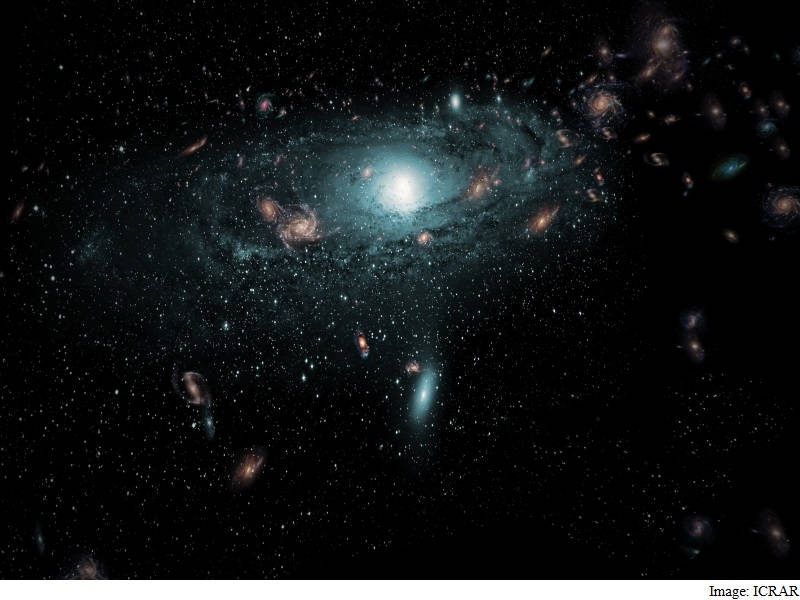A team of international scientists in a publication say they’ve discovered hundreds of hidden galaxies blocked from view until now by our own Milky Way galaxy.
By using a new telescope view, the scientists found the cluster of galaxies located some 250 million light years away from the Earth, one-third of which had never been observed before.
The team used Australia’s chief scientific body CSIRO’s Parkes radio telescope, frequently used in NASA’s Apollo missions.
They were able to see through the stars and dust of the Milky Way into Zone of Avoidance. They found three new galaxy concentrations (NW1, NW2 and NW3) and two new clusters (CW1 and CW2).
Lead author Professor Lister Staveley-Smith, director of science with the International Centre for Radio Astronomy Research (ICRAR) said 883 galaxies were discovered hidden behind the Milky Way galaxy.
“The Milky Way is very beautiful, of course, and it’s very interesting to study our own galaxy, but it completely blocks out the view of the more distant galaxies behind it,”
he said.
Furthermore, the new view of the region could also help explain something called the Great Attractor, a phenomenon which has been known the 1970s.
The Great Attractor is a mysterious spot in the universe whose strong gravity pulls on the Milky Way and thousands of other galaxies with the force equivalent to that of a million billion suns.
“We don’t actually understand what’s causing this gravitational acceleration on the Milky Way or where it’s coming from,”
professor Staveley-Smith added.
The researchers also identified several new structures that could help to explain the movement of the Milky Way with the telescope.
An average galaxy contains 100 billion stars so finding hundreds of new galaxies hidden behind the Milky Way points to a lot of mass scientist didn’t know about until now.
The study was published in the Astronomical Journal, and involved researchers from Australia, South Africa, the US and the Netherlands.



